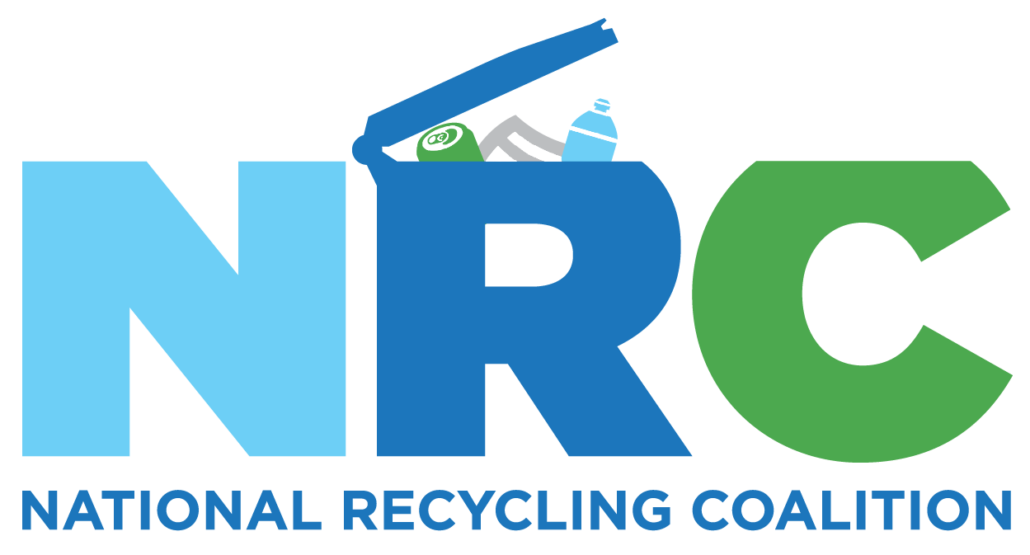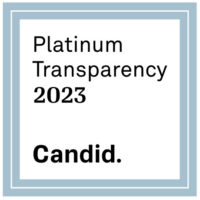Written by Gary Liss
Over the past five years or so, leading solid waste and recycling organizations, communities and businesses across the country have increasingly embraced Zero Waste. Zero Waste policies and programs establish practical ways to eliminate waste and safely reuse, recycle or compost discarded products and packaging. However, there has been confusion in the marketplace due to the many definitions of “zero” that are being used.
To address this confusion for its members and others, NRC identified the need to evaluate and come to consensus on a definition for Zero Waste. Earlier this year, the NRC Board adopted the definition developed by the Zero Waste International Alliance (ZWIA). It reads as follows:
Zero Waste is a goal that is ethical, economical, efficient and visionary, to guide people in changing their lifestyles and practices to emulate sustainable natural cycles, where all discarded materials are designed to become resources for others to use.
Zero Waste means designing and managing products and processes to systematically avoid and eliminate the volume and toxicity of waste and materials, conserve and recover all resources, and not burn or bury them.
Implementing Zero Waste will eliminate all discharges to land, water or air that are a threat to planetary, human, animal or plant health.
The key measure of performance toward ZWIA’s Zero Waste definition is diverting 90 percent of all discarded materials from landfills, incinerators and the environment. While it’s true that 90 percent diversion does not equate to zero landfilling, the goal is viewed – both by ZWIA and NRC – as the most reasonable and yet ambitious target the industry should be aiming for. When referring to the zero waste definition, ZWIA encourages that to be capitalized, as is commonly done in contracts and other legal documents when referring to a defined term.
One compelling reason for NRC to adopt the ZWIA definition of Zero Waste is that it is the only peer-reviewed definition in existence today. It’s also been accepted by environmental, recycling and Zero Waste leaders all around the world. To date, many organizations, businesses and communities have adopted and support the ZWIA definition. It has also been embraced by many members of NRC.
Another facet of the zero waste definition that NRC finds especially useful is that it does not count waste-to-energy as diversion. While some companies and groups have endorsed a “zero landfill” practice, it is important to ensure that diverted material is not headed for incineration either.
The Solid Waste Association of North America (SWANA) has acknowledged that it has members that support waste-to-energy while others support Zero Waste. SWANA wants to support both of those groups of members, so it has agreed to not view waste-to-energy as part of Zero Waste.
The U.S. Conference of Mayors adopted a resolution “In Support of Municipal Zero Waste Principles and a Hierarchy of Materials Management” last year that also highlighted that waste-based energy should be counted as disposal, not diversion.
NRC hopes that adopting ZWIA’s clear-sighted definition will help its members and the industry to continue to strive for the highest waste diversion and recycling goals and encourage them to divert as much as possible. NRC joins other organizations like the U.S. Zero Waste Business Council and Zero Waste USA, and many businesses and communities who have also adopted this definition. NRC encourages others to adopt this definition as well.
Please email me at [email protected] if you know of any business, government agency or organization that adopts it.
Gary Liss is a current board member and secretary of the National Recycling Coalition. He was also a founding Board member and past president of NRC and is the president of Gary Liss & Associates.
This article was reprinted from NRC’s OpEd in the Resource Recycling Magazine on May 17, 2016.

